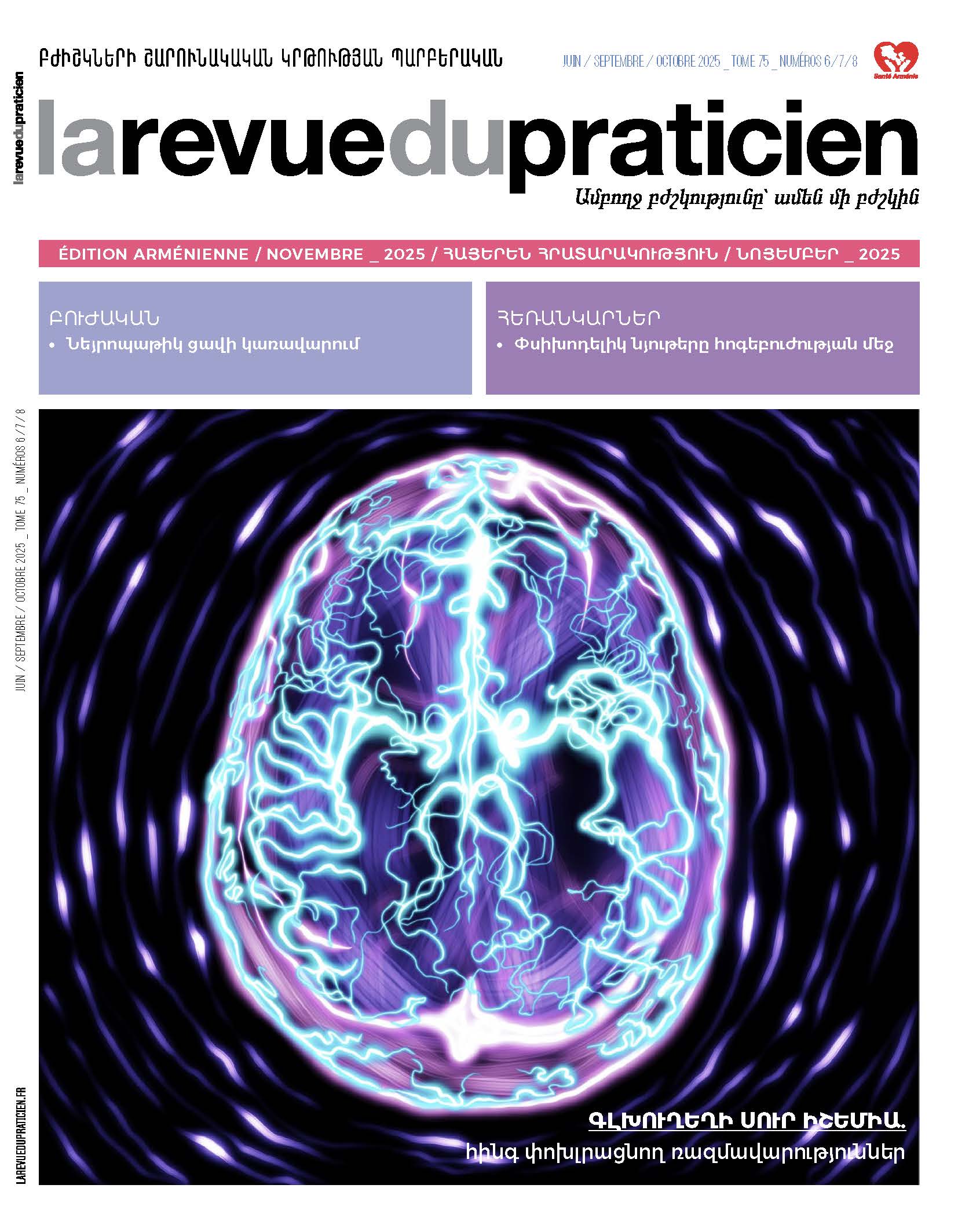Évolutions récentes dans le traitement des vascularites associées aux ANCA 43
Xavier Puéchal.Résumé
Le traitement des vascularites associées aux anticorps anticytoplasme des polynucléaires (ANCA) repose sur un traitement d’induction pour obtenir une rémission, suivi d’un traitement d’entretien pour prévenir les rechutes. La prise en charge a progressivement évolué vers une meilleure adéquation entre la situation clinique d’un patient et la stratégie thérapeutique proposée. Les traitements d’induction diffèrent selon la classification de la vascularite, sa sévérité, l’existence de rechutes antérieures, le terrain et les comorbidités, ainsi que la situation épidémique. Les traitements d’entretien se sont adaptés à la probabilité de rechute pour améliorer le rapport bénéfice/risque. Ces avancées ont transformé le pronostic. Au cours de la granulomatose avec polyangéite (GPA) et de la polyangéite microscopique (PAM) sévère, le traitement d’induction repose sur la corticothérapie associée au cyclophosphamide ou au rituximab. Le traitement d’entretien comporte des perfusions semestrielles de rituximab, qui sont bien tolérées. Pour la granulomatose éosinophilique avec polyangéite (GEPA) avec vascularite active sans sévérité, une corticothérapie isolée en première intention est recommandée. Pour le traitement d’induction des formes sévères, un essai n’a pas mis en évidence de différence entre le cyclophosphamide et le rituximab. Les traitements inhibant l’interleukine 5 n’ont pas encore démontré d’efficacité sur les manifestations de vascularite de la GEPA, mais le mépolizumab est actuellement évalué dans cette indication. En revanche, après la phase aiguë, des essais ont démontré un effet d’épargne des corticoïdes du mépolizumab et du benralizumab chez des patients ayant essentiellement des exacerbations d’asthme et/ou rhino-sinusiennes corticodépendantes. De récents essais ont démontré la possibilité d’utiliser de moindres doses de corticoïdes, sans perte d’efficacité, qui permettent de diminuer la prévalence des infections sévères. Des échanges plasmatiques sont recommandés, en association aux traitements classiques d’induction, lorsque la créatininémie est supérieure à 300 µmol/L.
